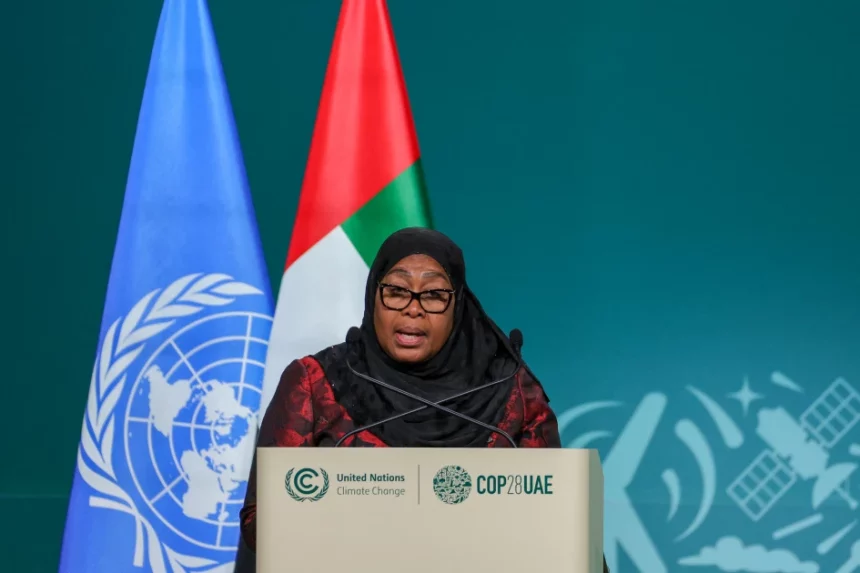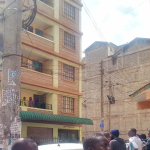More than 21 people have lost their lives following a landslide at a mine in northern Tanzania, President Samia Suluhu Hassan said on Sunday.
“It is with great sadness I received the reports of the deaths of more than 21 people following a landslide at Ng’alita mine in Bariadi district, Simiyu region,” Hassan said in a post on X, formerly Twitter.
“These fellow Tanzanians were small miners in the area, trying to earn a living for themselves, their families and contributing to the development of our nation,” she said.
“Our defence and security agencies, in cooperation with regional leaders, are continuing with efforts to find other bodies that are still stuck in the rubble.”
It was unclear when the accident occurred and no further details were available about the number of miners feared buried under the debris.
Tanzania and its East African neighbours Kenya, Somalia and Ethiopia have all been battling flash floods caused by torrential rains linked to the El Nino weather pattern.
Seventy-six people were killed in landslides last month in the hillside town of Katesh in northern Tanzania.
The downpours last month also displaced 5,600 people and destroyed infrastructure in many parts of the country, forcing Hassan to cut short her participation in the COP28 climate talks in Dubai to deal with the disaster.
During a visit to Katesh last month, Hassan said the landslides were “a wake-up call for the government to make necessary preparedness to detect the signs and alert people in advance so that we avoid serious effect like this.”
The floods have exacerbated the humanitarian crisis in East Africa just as it emerges from its worst drought in four decades that left millions hungry.
Scientists say extreme weather events such as flooding, storms, droughts and wildfires are being made longer, more intense and more frequent by human-induced climate change.
At the end of 2019, at least 265 people died and tens of thousands were displaced during two months of relentless rainfall in several countries in East Africa.
The extreme downpours affected close to two million people and washed away tens of thousands of livestock in Burundi, Djibouti, Ethiopia, Kenya, Somalia, South Sudan, Tanzania and Uganda.
Between October 1997 and January 1998, widespread flooding caused more than 6,000 deaths across five countries in the region.



